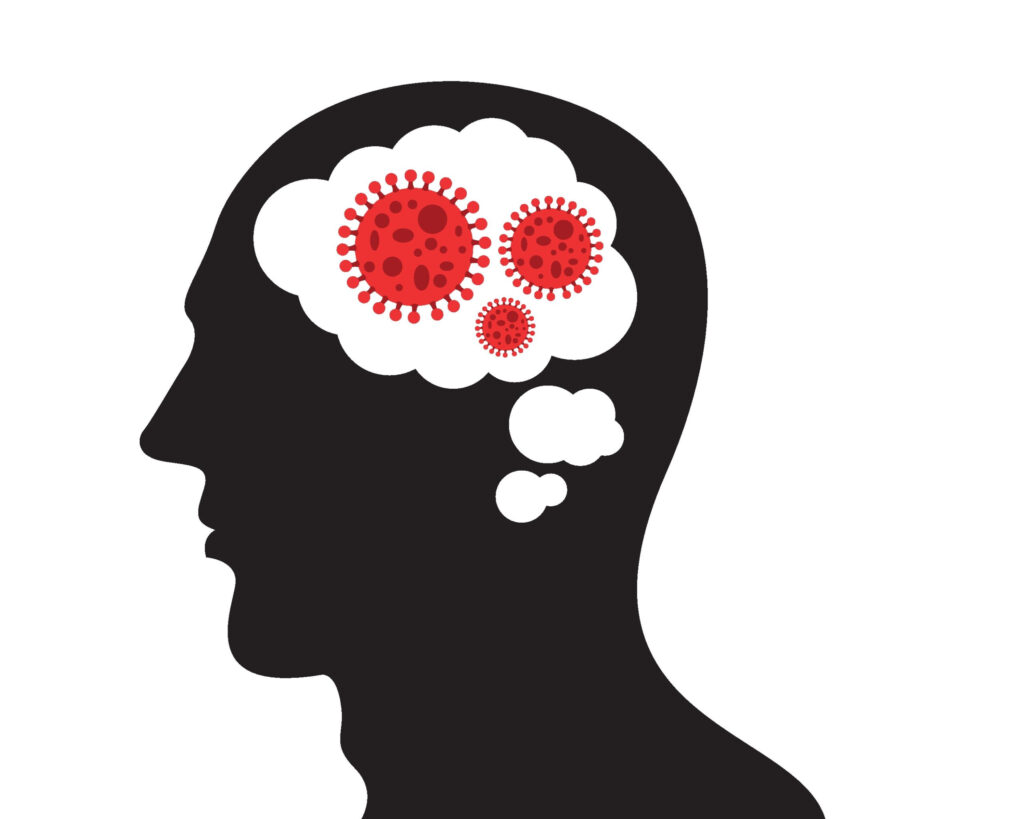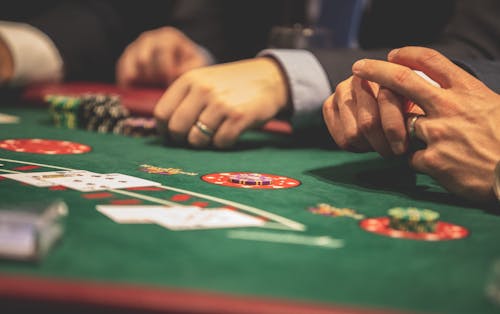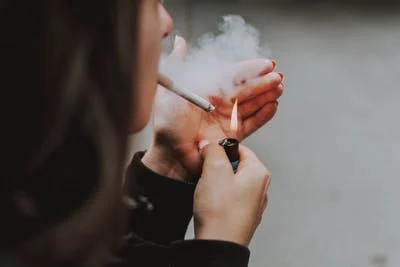
Substance abuse significantly affects brain health, leading to cognitive decline that can persist long after substance use has ceased. The impact on cognitive abilities such as memory, decision-making, attention, and learning varies depending on the substance used, the duration of use, and individual vulnerabilities. Understanding these long-term effects is crucial for effective prevention and treatment strategies.
How Substance Abuse Impairs Cognitive Function
Substances like alcohol, opioids, stimulants, and hallucinogens alter the brain’s normal functioning by interfering with neurotransmitters and neural pathways. These changes can disrupt cognitive functions in several ways:
- Memory Impairment
Chronic alcohol abuse, for instance, is associated with damage to the hippocampus, a region essential for memory formation. Alcohol-related brain damage can lead to conditions like Wernicke-Korsakoff syndrome, characterized by severe memory deficits and confusion. - Executive Function Deficits
Stimulants like cocaine and methamphetamine affect the prefrontal cortex, the part of the brain responsible for decision-making, impulse control, and planning. Long-term abuse can reduce gray matter volume in this region, impairing the ability to make sound decisions or control impulsive behaviors. - Attention and Learning Difficulties
Marijuana and other substances that affect the brain’s endocannabinoid system can interfere with attention, focus, and the ability to learn new information. Prolonged use, particularly during adolescence, can have lasting effects on cognitive development.
Structural Damage to the Brain
Substance abuse doesn’t just disrupt brain chemistry—it can also cause physical changes to brain structures. Neuroimaging studies have shown that individuals with a history of chronic substance abuse often exhibit shrinkage in areas like the frontal lobe, hippocampus, and cerebellum.
- Alcohol: Prolonged alcohol use can lead to atrophy in the brain’s white and gray matter, affecting coordination, emotional regulation, and cognitive processing.
- Methamphetamine: Studies indicate that methamphetamine use is associated with reduced hippocampal and striatal volume, leading to impairments in memory and motor control.
- Opioids: Long-term opioid use is linked to reduced white matter integrity, impairing communication between different brain regions.
Cognitive Decline in Aging Populations
Substance abuse can accelerate cognitive decline, particularly in older adults. Alcohol and drug use during midlife are associated with an increased risk of developing neurodegenerative diseases like Alzheimer’s and other forms of dementia. Chronic use of substances can exacerbate natural age-related cognitive decline, leading to earlier onset and more severe symptoms of conditions like mild cognitive impairment (MCI).
Can the Brain Recover?
While the brain has a remarkable capacity for recovery, the extent of healing depends on various factors, including the type of substance used, the duration of abuse, and the timing of intervention. Abstinence and therapeutic interventions such as cognitive-behavioral therapy, neurorehabilitation, and medication-assisted treatment can help restore some cognitive functions.
Neuroplasticity, the brain’s ability to adapt and form new neural connections, plays a crucial role in recovery. However, the process can be slow, and some damage may be irreversible, particularly in cases of prolonged or severe substance abuse.
Conclusion
Substance abuse has profound and lasting effects on cognitive function and brain health. From impairing memory and decision-making to causing structural damage and accelerating cognitive decline, the consequences are far-reaching. Early intervention, education, and comprehensive treatment approaches are vital in mitigating these effects and supporting long-term recovery. Addressing substance abuse is not just about stopping drug use—it’s about protecting the brain’s health and preserving cognitive abilities for a better quality of life.




